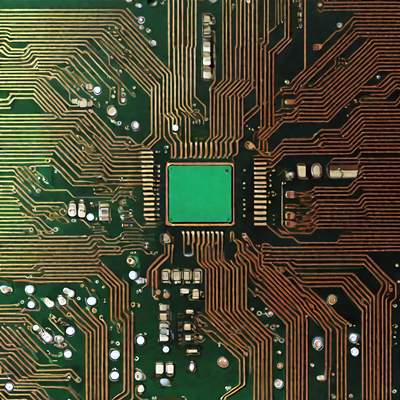
2g/32gb development board - a powerful windows 10 mini pc (without win10 product key) v1.0

Printed circuit boards (PCBs), commonly referred to as circuit boards, serve an indispensable role linking and securing electronic components while efficiently routing signals and power to enable functional systems and innovative devices. These engineered boards provide the specialized conductive canvases where sketches transform into reality.
Methodically laminated with conductive copper traces in specific patterns across nonconductive substrates, circuit boards replace tedious wired connections between individual components. Component pins instead secure directly into boards during assembly for clean, consolidated pathways distilling complex circuit designs.
While appearing simple as thin sheets housing components, circuit boards requirements demand tightly engineered balances of rigidity, heat resistance, dielectric insulation and more to preserve signal clarity essential for complex electronics and logic gates.

Board substrates consist of layers of densely pressed fiberglass bonded with heat-resistant epoxy resins to provide firm structural foundations across product lifetimes without warping. Dielectric base materials separate embedded copper channels, preventing short circuiting while minimizing crosstalk interference.
Likewise, trace dimensions also factor significantly into signal delivery. Wider traces and increased copper thicknesses bolster currents for power circuits while narrow precision pathways avoid distorting delicate data signals. Ground planes provide referential shields against electromagnetic interference as well.
Modern circuit boards production leverages specialized design software suites paired with automated fabrication and assembly processes for efficiently translating concepts into optimized boards:
Board layouts first draft within computer-aided design (CAD) software specifying component footprints/pinouts, conductive trace routing, layer stacking, production clearances and more based on final product engineering needs. Designers iteratively refine board files through thermal/vibration/fatigue modeling until meeting all electrical and mechanical specifications.
Fabrication specialists transfer board layout files onto dielectric substrate sheets then utilize photolithographic processes to selectively etch away copper laminate material not designated for conductive traces or contact points. Boards undergo finishes like immersion plating to coat traces resisting corrosion over decades.
By means of manually inserted or automated pick and place machines, electrical components are securely soldered to circuit boards, with threaded leads inserted into plated through holes or flush onto surface pads. Precision equipment accurately guides components into layout positions despite microscopically small spacings.
Following assembly, testing examines fabricated boards across key performance indicators like connectivity, durability, temperature response and more. Assembled units undergo environmental stress testing through shaking, thermal cycles and voltage extremes ensuring real-world viability. Design revisions iterate until devices perform ideally.
While universally providing the electrical backbone routing signals, modern circuit boards adapt across specialized types engineered towards meeting unique mechanical and operational demands of different industries and products:
From smartphones to appliances, consumer electronics leverage multilayer rigid boards for densely integrating ICs alongside discrete transistors, sensors and passive support components enabling accessible electronics through mass production.
Mission-critical vehicular systems endure temperature swings, vibrations and electrical noise perturbations through durable boards boasting chopped fiber and woven glass fabric reinforcements for dimensional stability across expected automotive lifecycles.
Aviation and space applications require exceptionally reliable circuit boards rated for extreme thermal gradients from cryogenic to blistering conditions while integrating fault redundancies ensuring fail-safe emergency operation.
Life-dependent medical devices demand the highest-grade boards meeting stringent reporting regulations and change control versioning through extensive testing validation at each iteration as systems advancement necessarily lags behind immediate patient needs.
Across countless applications, reliable printed circuit boards continue enabling exponential technological innovation by providing the specialized conductive pathways supporting everything from daily household conveniences to humanity’s most ambitious devices pushing extremes. Their manufacturability facilitates scalability distilling imagination into engineered reality through circuits.

2g/32gb development board - a powerful windows 10 mini pc (without win10 product key) v1.0

dfr0444 lattepanda 2g / 32g development board atom x5-z8300 dfrobot

2g/32gb board with pure copper heatsink packonly 4 left in stock - order

3pcs esp8266 nodemcu lua cp2102 esp-12e internet wireless wifi development boardonly 15 left in stock

form factor mini-itx system chipset j3455 socket type onboard memory type ddr3l onboard graphic y

form factor mini-itx system chipset inteln5105 socket type onboard memory type ddr4 onboard graphic y

form factor mini-itx system chipset intel w48e socket type lga1200 memory type ddr4 onboard graphic

ek-quantum momentum rog crosshair x670e hero d-rgb - plexi is a quantum line monoblock specifically

the purpose of ek-quantum momentum rog maximus z690/z790 extreme i/o cover - black is to

ek-quantum momentum aorus z490 master d-rgb is the new quantum line monoblock specifically engineered for